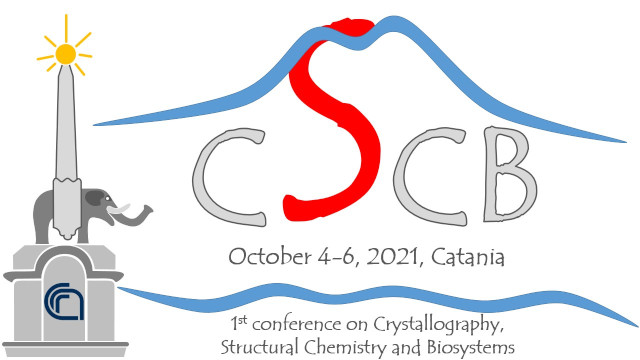Speaker
Description
Modern environmental and food monitoring practices require reliable, facile, and on-site detection of hazardous compounds potentially affecting human health. By satisfying these requirements, sensors represent complementary screening tools with a lower impact on the environment compared to conventional chromatographic-based methods. Specifically, biosensor technology offers the possibility to combine and tailor the selectivity of biological recognition elements to the sensitivity of transducing platforms giving rise to analytical devices providing specific situation awareness. The exploitation of disposable scree-printed electrodes and microfluidic systems prompted the development of miniaturized, portable systems, while the integration of nanostructured materials enabled to improve selectivity and performance of electrical detectors. Besides these advancements, keeping the proper functionality of the biological component in a hostile environment, such as solid-state devices, is still a challenge.
In the quest to identify physiological parameters correlated with more efficient phenotypes, we studied the structure/function/dynamics relationships occurring in microalgae strains hosting single aminoacidic substitutions in the photosystem II D1 protein. The mutants were produced by combining in silico studies with an in vitro directed evolution approach followed by site-directed mutagenesis experiments1,2. Biophysical and physiological studies enabled the identification of phenotypes having enhanced stability and photosynthetic performance under stressful conditions, and improved sensitivity to different classes of environmental contaminants3. As a further step, we set-up immobilization procedures to preserve the activity of algal cells on screen-printed electrodes4 and enhanced the electrochemical response by exploiting bi-metallic nanoparticles. Finally, neutron spectroscopy studies on algal mutants shed a light on dynamics properties of photosynthetic reaction centre underlying an improved biosensor performance5,6.
The construction of amperometric photosinthesis-based biosensors will be presented alongside the development of a label-free impedimetric immunosensor for the detection of micotoxins7, that will be included in a novel multitransduction electrochemical biosensoristic platform. This work was supported by the Lazio project FACILE, n. 85-2017-15256.
References
1. Rea et al. Prot Sci 2009, 18, 2139.
2. Rea et al. PloS ONE 2011, 6:e16216.
3. Lambreva et al. PLoS ONE 2013, 8:e61851.
4. Husu et al. Sens Actuators B Chem 2013, 185, 32.
5. Antonacci et al. Sci Rep 2018, 8 (1), 14745.
6. Russo et al. Biophys Journal 2019, 116, 1759.
7. Cancelliere et al. Appl Surf Sci 2021, 567, 150791.

